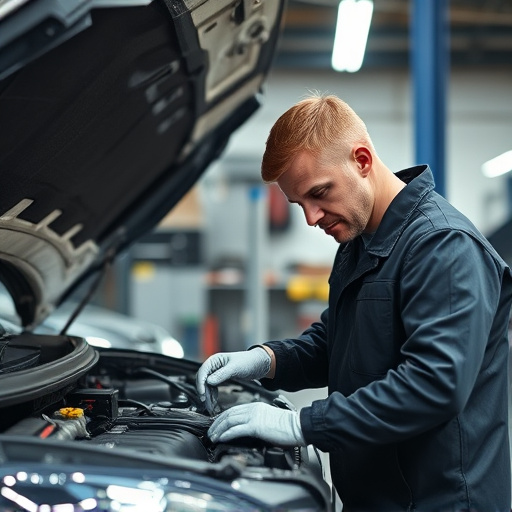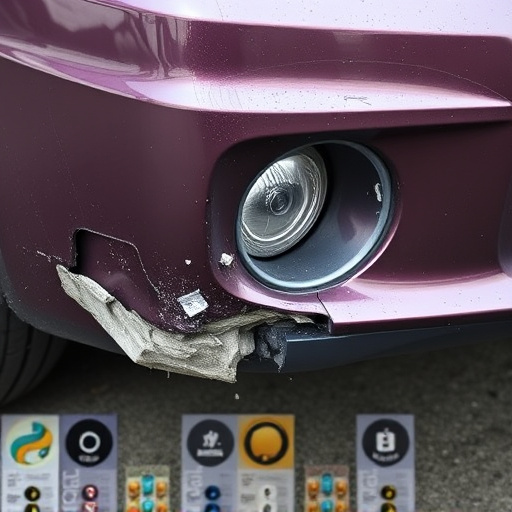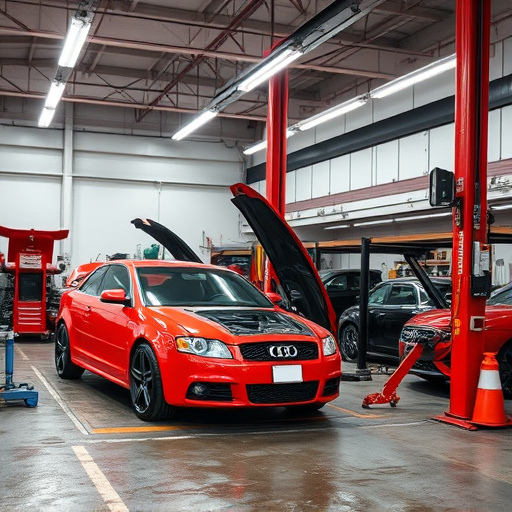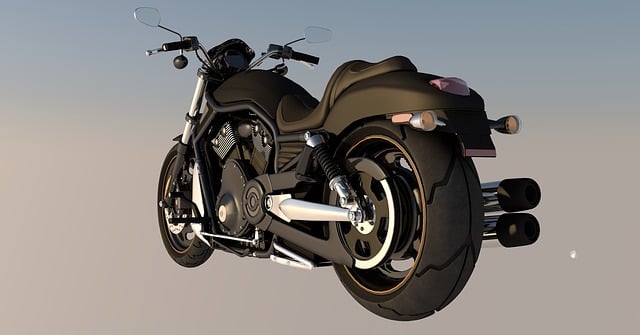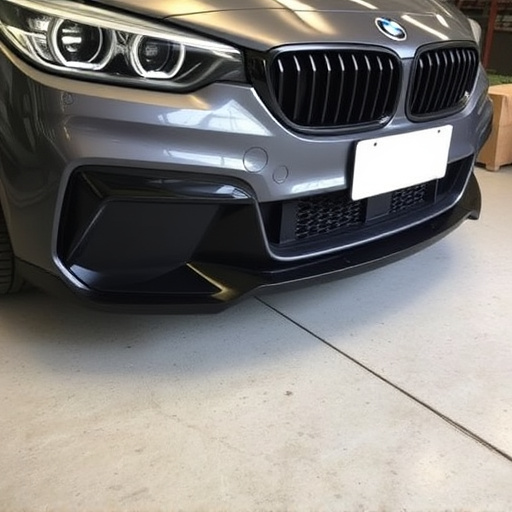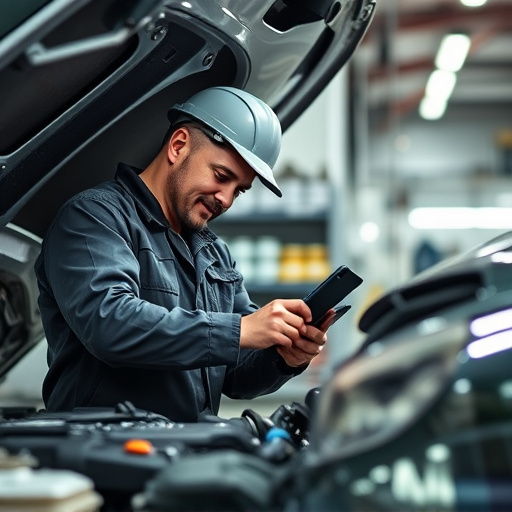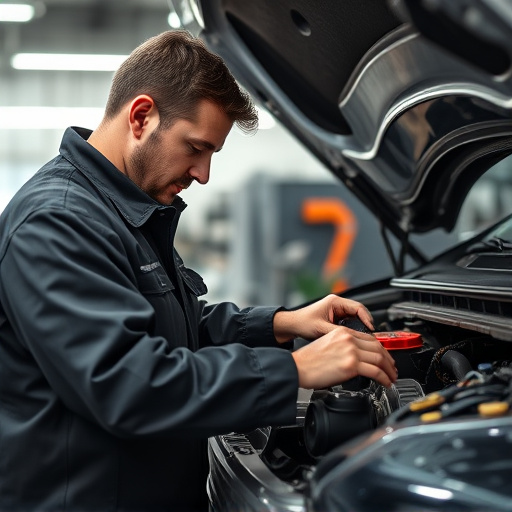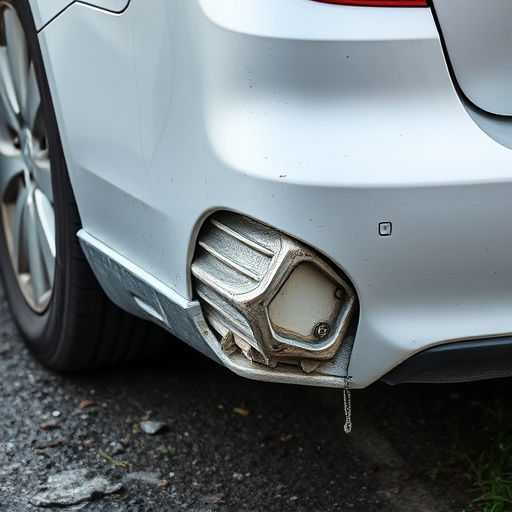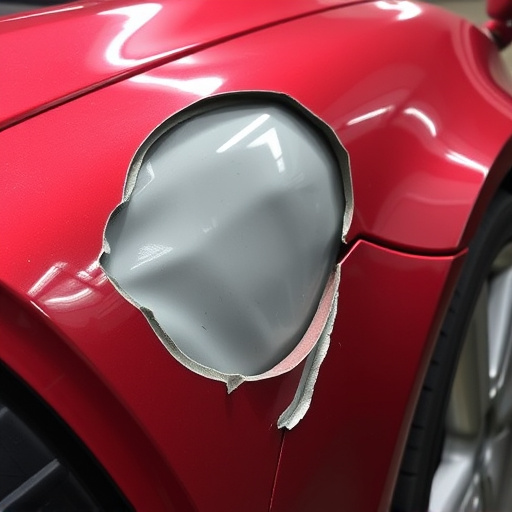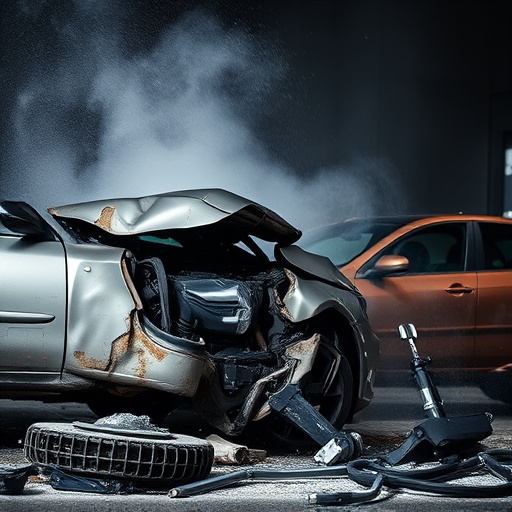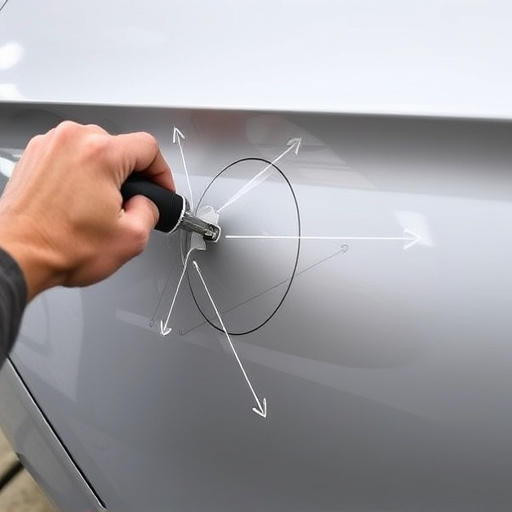The PDR process, performed by a qualified technician, offers cost-effective car bodywork repairs for small to moderate dents and scratches. Preparation includes document gathering, vehicle cleaning, and providing detailed damage images. Communicate concerns openly during the visit, as reputable technicians provide transparent, high-quality solutions, ensuring customer satisfaction.
“Planning your first PDR technician appointment? This comprehensive guide will walk you through what to expect, ensuring a smooth experience. From understanding the PDR process—a non-invasive aesthetic procedure—to gathering essential items and knowing what to do step-by-step, this article covers it all. Discover how a PDR technician appointment can transform your skin’s appearance, enhance your confidence, and leave you feeling rejuvenated. Get ready to dive into the details and embark on your journey towards radiant skin.”
- Understanding the PDR Process: An Overview
- What to Bring and Prepare for Your Appointment
- Step-by-Step Guide to a Successful Visit
Understanding the PDR Process: An Overview
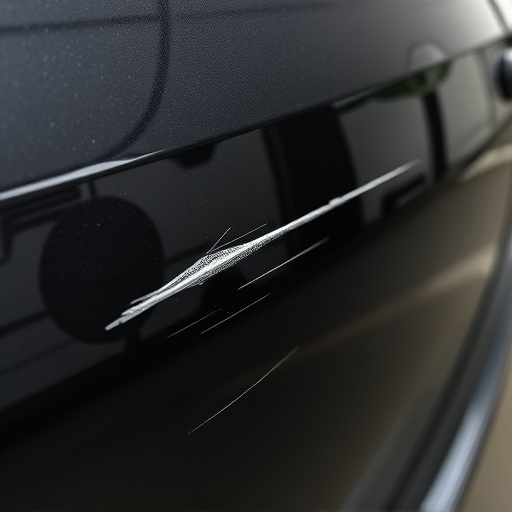
The PDR (Paintless Dent Repair) process is a revolutionary technique that offers an efficient and cost-effective solution for car bodywork repairs. When you visit a PDR technician, they will begin by thoroughly inspecting the damaged area to assess its extent. This involves visual examination, sometimes with specialized tools, to determine if the dent can be repaired without sanding or repainting.
The technician will then use a variety of tools and techniques to gently work out the dent from the inside, ensuring minimal disruption to the car’s original finish. This method is particularly effective for small to moderate dents, creases, and scratches on vehicles. The advantage lies in its non-invasive nature, preserving the car’s value and requiring less time compared to traditional tire services or a visit to a car body shop.
What to Bring and Prepare for Your Appointment
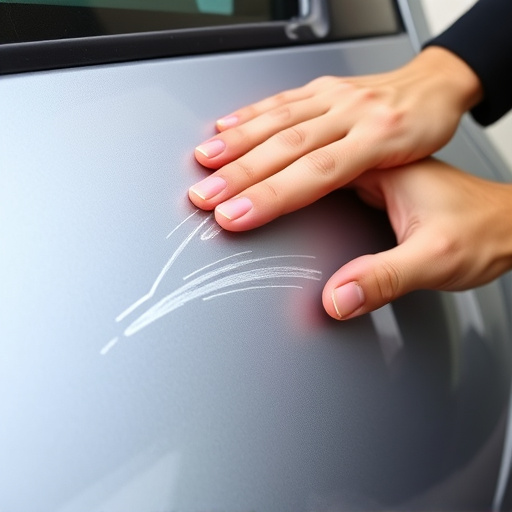
Before your PDR technician appointment, take a moment to gather everything you’ll need. A PDR (Paintless Dent Repair) technician specializes in fixing dents and scratches on cars, so they will require access to your vehicle’s exterior. Make sure to bring your vehicle to the appointment clean and free of any loose items that could interfere with work. It’s also beneficial to have high-quality images of the dent or damage you want repaired for reference.
To prepare, consider gathering essential documents related to your vehicle, such as registration and insurance information. Additionally, check with the technician if they provide any pre-or post-repair instructions specific to your car paint services request. Being well-prepared will ensure a smoother process and help communicate your expectations effectively during your visit to the vehicle body shop.
Step-by-Step Guide to a Successful Visit
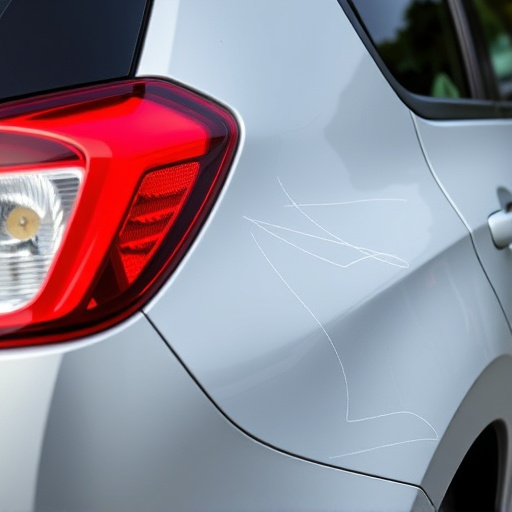
A successful visit with a PDR technician starts with preparation. PDR technician appointments are designed to assess and repair minor dents and dings, ensuring your vehicle looks as good as new. Before your appointment, wash your vehicle thoroughly to provide the technician with a clean canvas. This also allows for better visibility of the damage.
During the visit, communicate openly with the technician about any specific concerns or areas you’d like addressed. They will inspect the vehicle, explain the repair process and estimated time frame. For collision damage repair on more complex issues, they may provide a detailed estimate outlining costs and potential hidden damage. Remember, reputable PDR technicians prioritize customer satisfaction, offering luxury vehicle repair solutions tailored to your needs.
When you arrive for your PDR technician appointment, remember that this process is designed to not only restore your vehicle’s appearance but also enhance its value. By following the steps outlined in this guide and bringing the necessary documents, you’ll ensure a successful visit. A skilled PDR technician will then utilize their expertise and advanced tools to handle any dents or scratches, leaving your car looking as good as new – all while saving you money compared to traditional body shop repairs.
